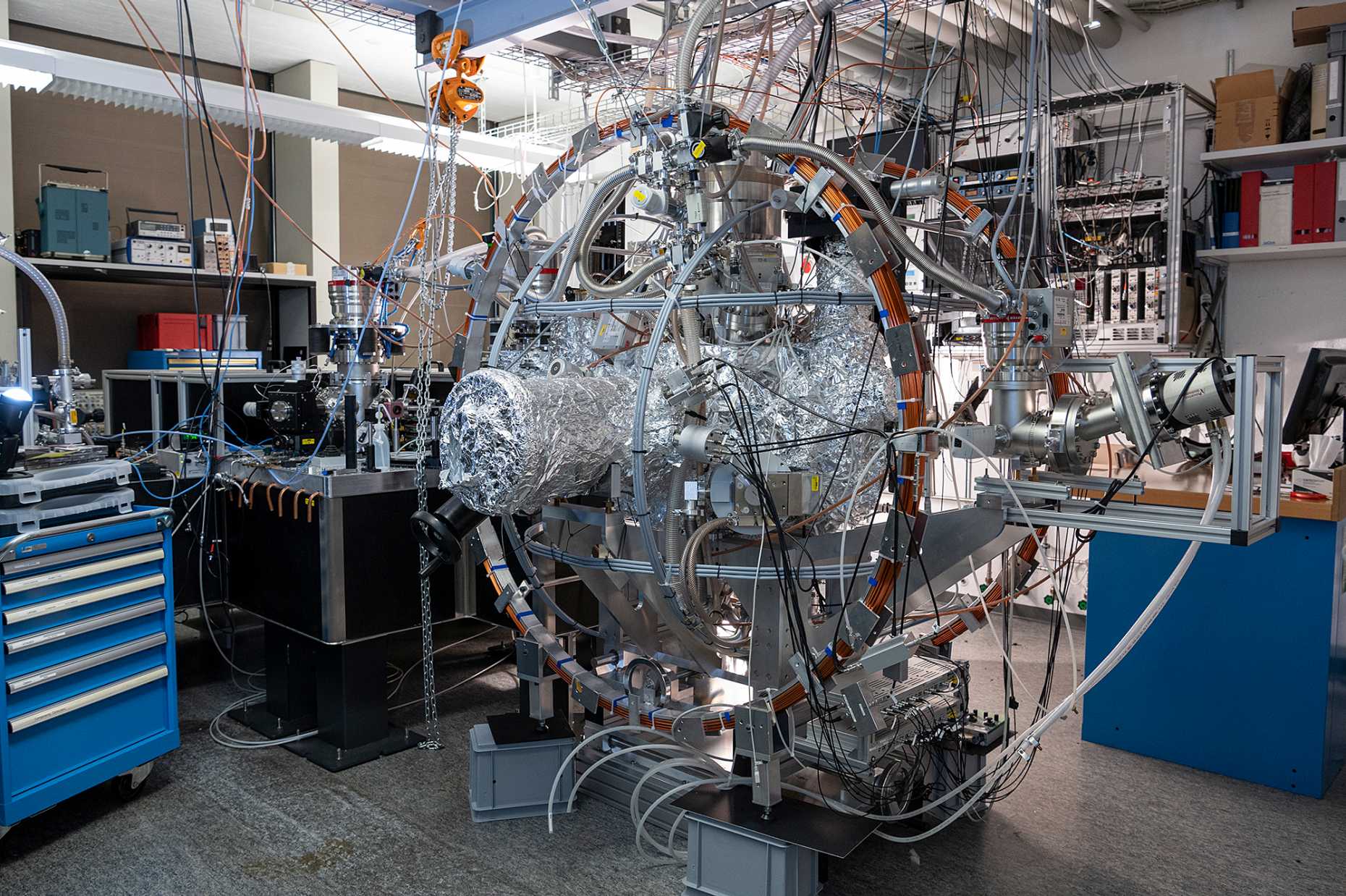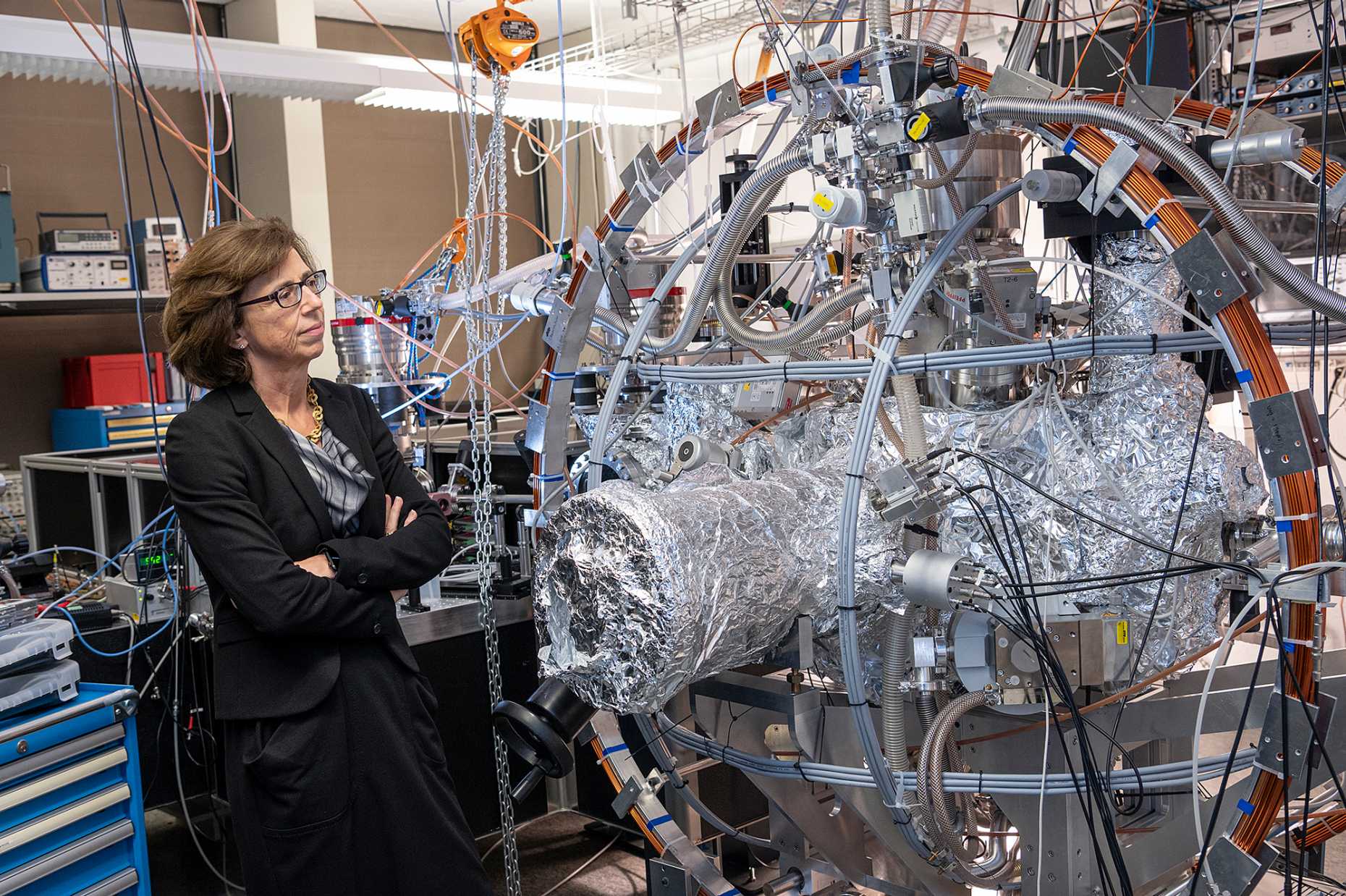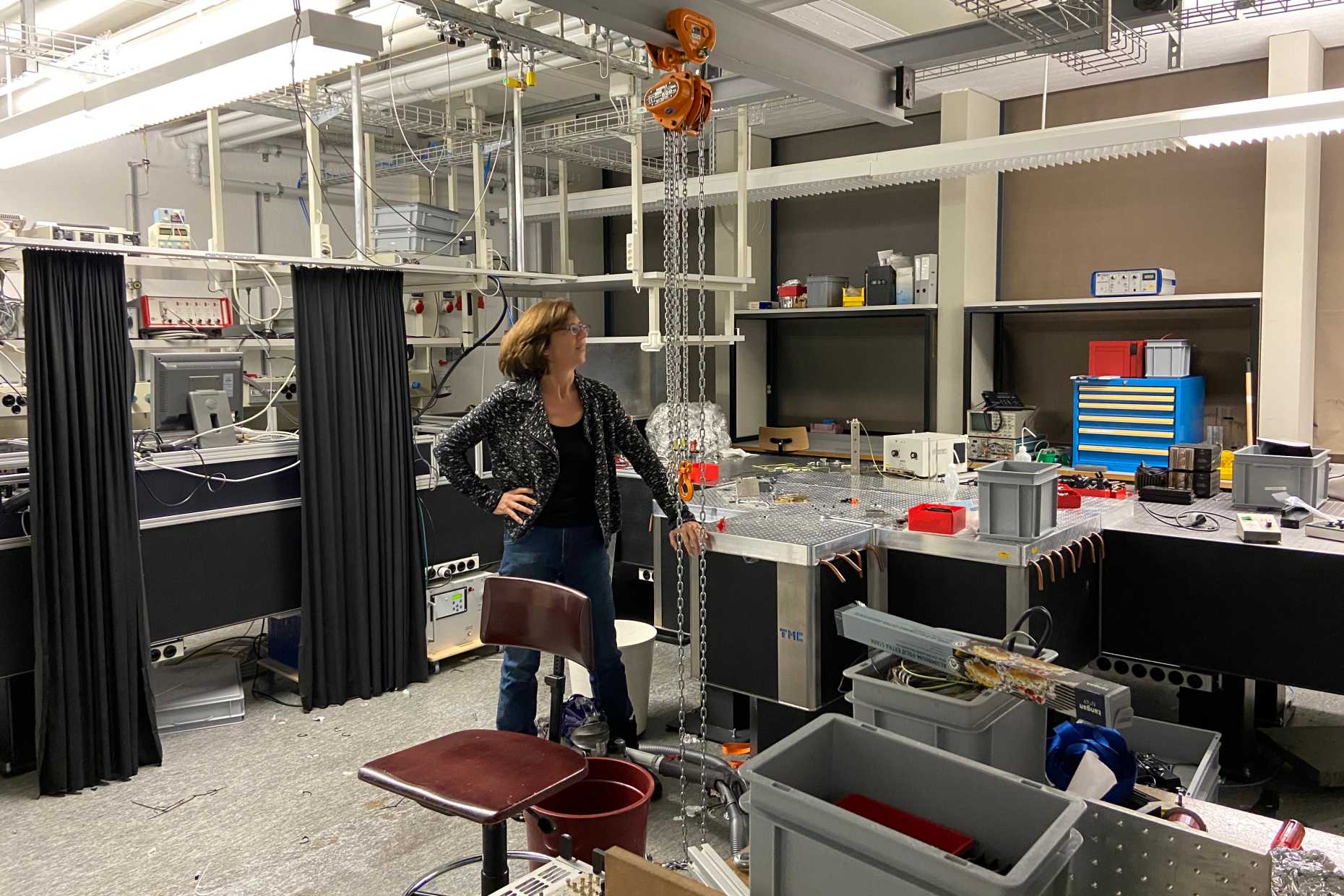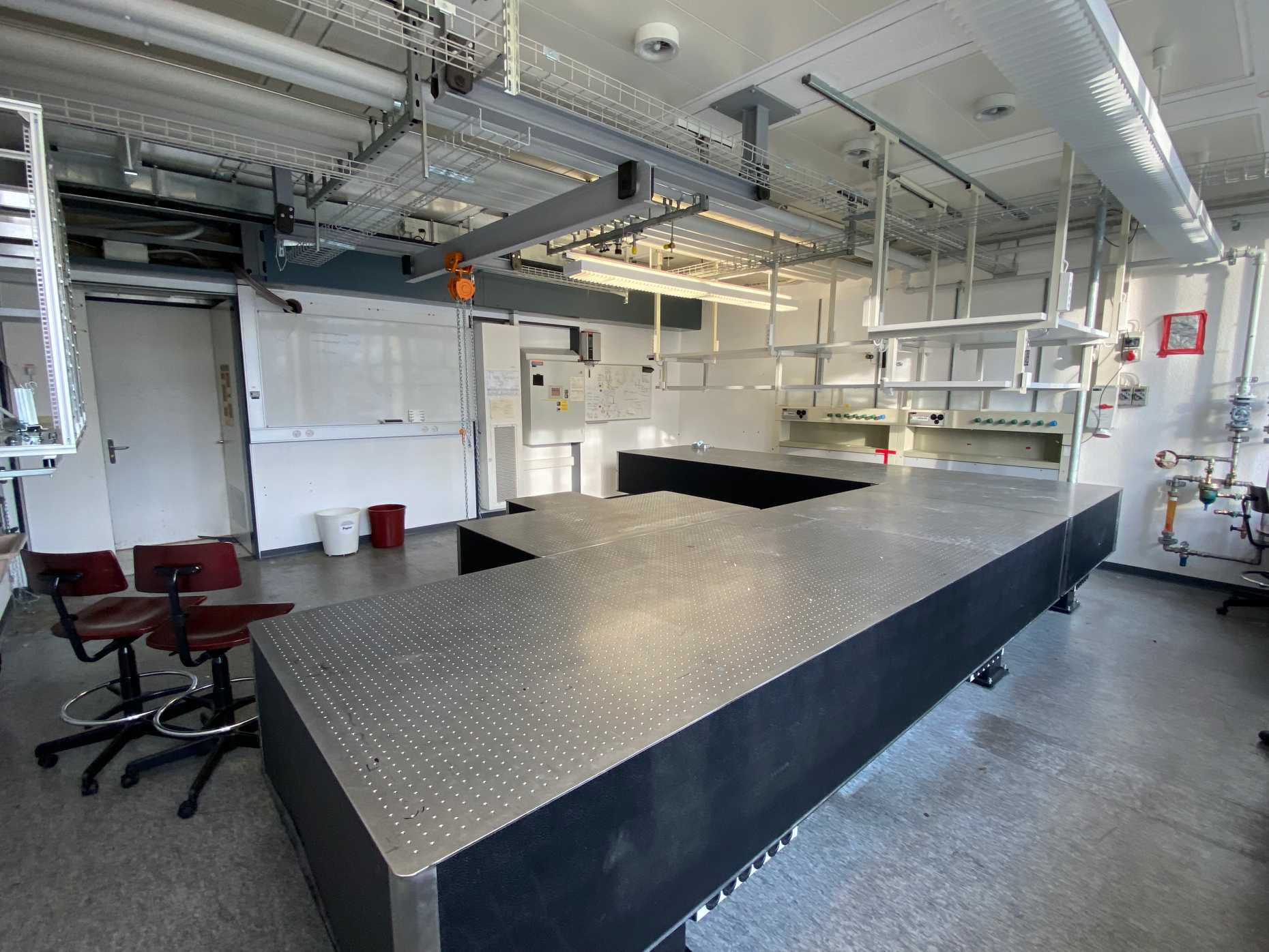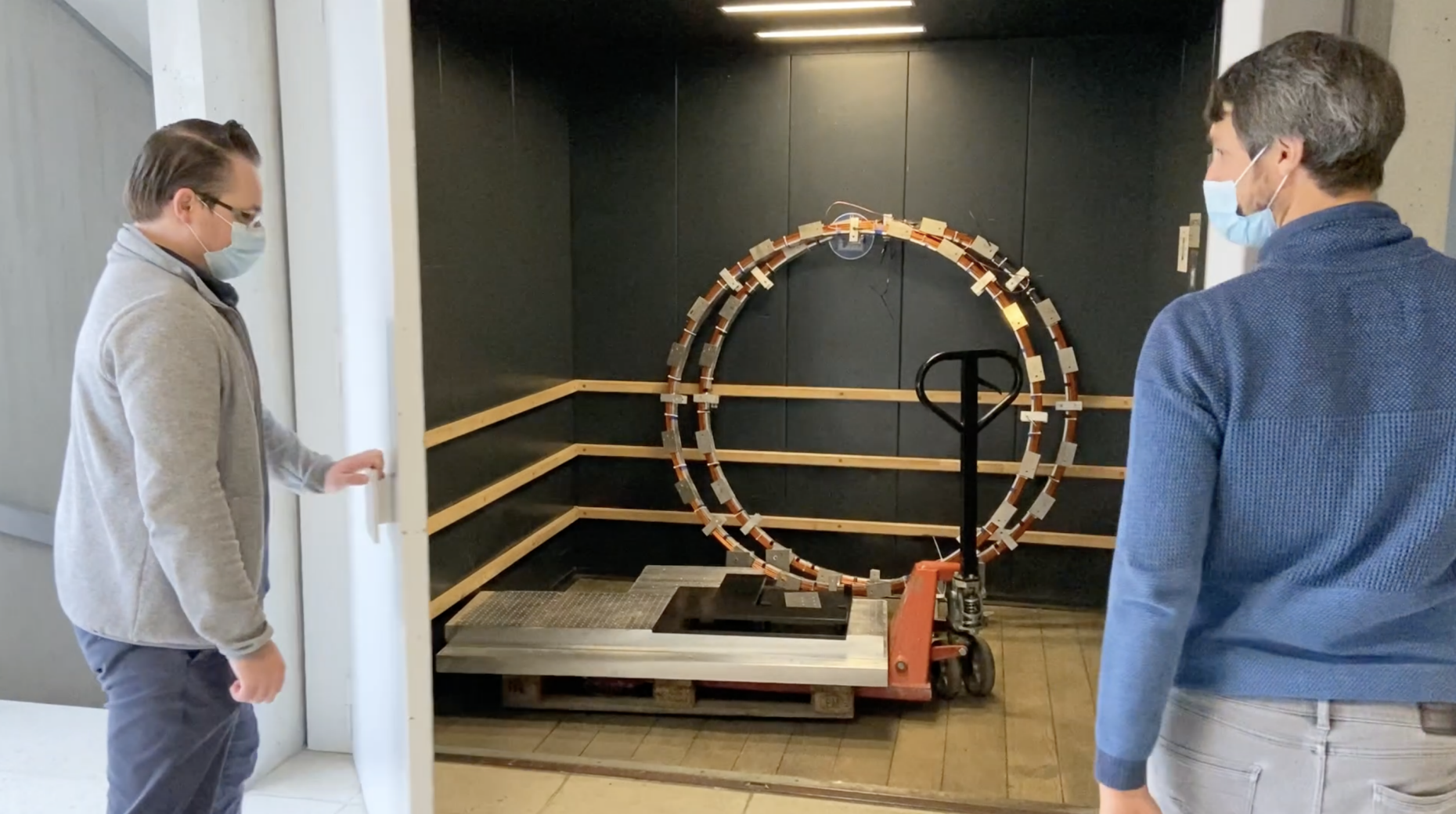The end of the Attoclock at ETH Zurich
The Attoclock is dead. According to new rules within the physics department, Prof. Keller had to sacrifice the Attoclock lab by year-end, to ensure that current PhD students can finish their research efforts at ETH Zurich through her planned retirement in July 2024. Started before 2008, the Attoclock lived for about 4·1026 attoseconds. We had hoped it might live to least another 2.5 years (Keller’s mandatory retirement) and even longer as part of the strategic FastLab vision.
Alas - the Attoclock is dead …. Long live the AttoClock!
The new rules for the retirement phase of the professors within the physics department require a strict implementation of the space-time integral (link). For the same reason, Prof. Keller lost her ETH office after 28 years (link), and the Attoclock lab (see link) had to be dismantled (ETH Lab HPT E9), even though it seems there is no dire shortage of space currently, and we requested various solutions requiring approval from the institute and department – this was the only solution left available and approved on 13. December 2021.
The Attoclock was planned for transfer to the FastLab at ETH Zurich (see link) which should have been implemented within the NCCR MUST research focus (see external page link). However due to the substantially delayed decisions to still support a future FastLab at ETH Zurich, and the new rules of the physics department, the Attoclock had to be dismantled by the end of 2021.
The Attoclock was a powerful, new, and unconventional tool to study fundamental attosecond dynamics on an atomic scale, invented at ETH Zurich and built up in the laser lab HPT E9. First demonstrated and published in 2008 [1], and supported with an ERC advanced grant, ETH and Swiss research grants, the principles and science are summarized here (link).
HPT E9 was a fully functional lab supporting the attoclock effort, and research on ionization in intense laser fields beyond the electric dipole approximation (both reviewed in recent publications [2, 3]). This lab could have – and should have – empowered a new generation of scientists with a world-leading experimental setup. This missed opportunity would have been an ideal position for an ERC starting grant within the FastLab’s strategic vision. Now the Attoclock has become “old metal” (recycled material), and an empty laser lab awaits new efforts within the physics department (see Download letter to the department head on 22. Dec. 2021 (PDF, 337 KB)).
[1] P. Eckle, A. Pfeiffer, C. Cirelli, A. Staudte, R. Dörner, H. G. Muller, M. Büttiker, U. Keller
Attosecond ionization and tunneling delay time measurements in helium (PDF, 857 KB)
Science, vol. 322. Nr. 5907, pp. 1525-1529, 2008
[2] C. Hofmann, A. S. Landsman, U. Keller, Invited Paper
"Attoclock revisited on electron tunneling time" (PDF, 4 MB)
Journal of Modern Optics, vol. 66, No. 10, pp. 1052-1070 (2019)
[3] J. Maurer, U. Keller, Invited Topical Review
"Ionization in intense laser fields beyond the electric dipole approximation: concepts, methods, achievements and future directions" (PDF, 2.7 MB)
Journal of Physics B: Atomic, Molecular and Optical Physics, vol. 54, 094001 (18pp), 2021
doi: external page 10.1088/1361-6455/abf731
